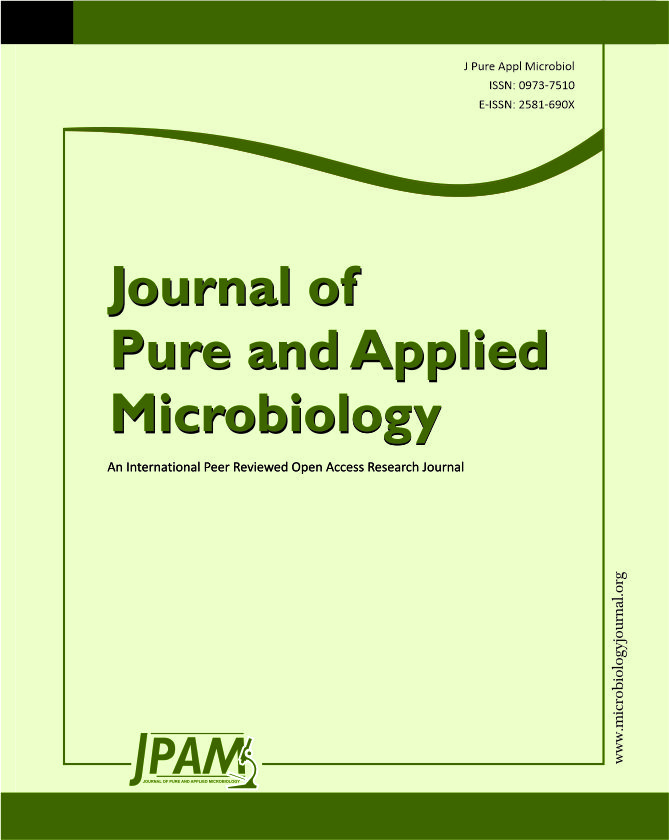Light-Emitting Diodes (LEDs) and Ultraviolet Light-Emitting Diodes (UV LEDs) consist in a semiconductor of light, that are emerging in the market, due to their singular characteristics, as being a solid-state cold source of light, which has potential application in food preservation. For this reason, this study lens to provide a review of the effects of LED and UV LED application in fresh fruits and vegetables, under refrigeration storage. Analyzing the LED role, in extending the shelf-life of postharvest food, these present the capability of improving the quality physicochemical and microbiological of fruits and vegetables, such as: color (chlorophyll), weight loss, total phenolic and flavonoid content, phenylalanine ammonia-lyase activity and total soluble solids. In addition, it’s able to stop chemical reactions and increasing the activity of fruits and vegetable defenses. UV LED light, on the other hand, operates in an effective and straightway in the inactivation the food pathogens, such as Escherichia coli, Pseudomonas fluorescens and Salmonella spp, for example. Therefore, UV LED light can be applied to delay the senescence of foods, however, the wavelength must match the target organism, depending on the food.
LED, UV LED, Food preservation, Food safety, Refrigeration, Food storage
© The Author(s) 2021. Open Access. This article is distributed under the terms of the Creative Commons Attribution 4.0 International License which permits unrestricted use, sharing, distribution, and reproduction in any medium, provided you give appropriate credit to the original author(s) and the source, provide a link to the Creative Commons license, and indicate if changes were made.


